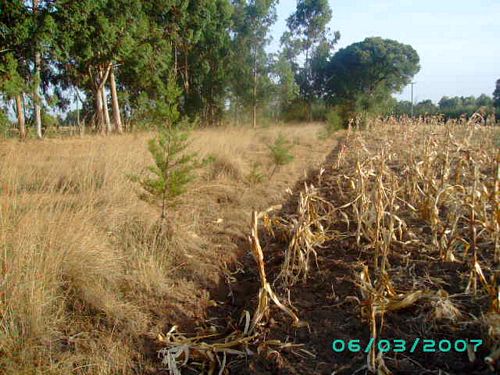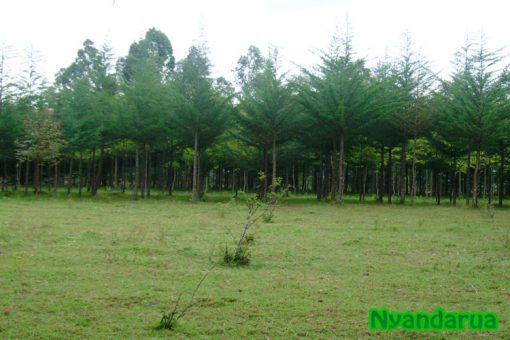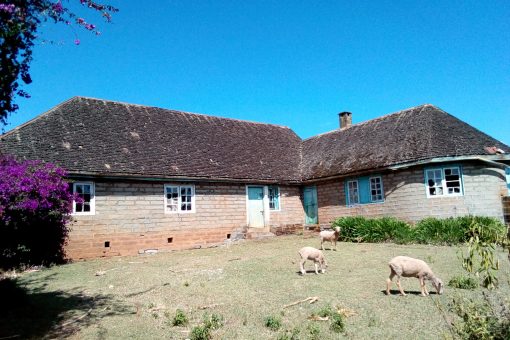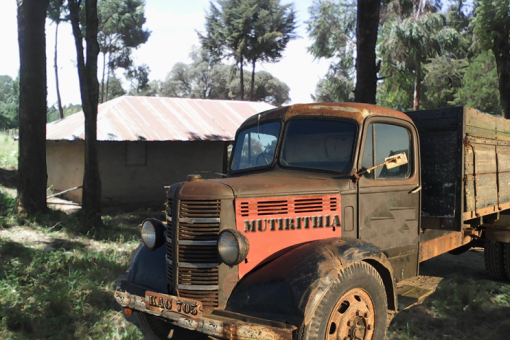The dry season did not just affect the livestock. Their owners were not spared either. The Nyandarua that is known for its high yields of potatoes and green vegetables, became a desert of the same. It was not uncommon to find families feeding on a diet of maize alone, having nothing else to mix in to qualify it as Githeri, the staple food of the Agikuyu people. With no green vegetables like Sukuma Wiki, Cabbage or Spinach and no potatoes, there was really nothing else to mix with the maize to make it an appetizing wholesome meal.
Beans did not grow in Nyandarua back then, and peas (minji) were a very seasonal crop. Butter Beans (Noe) produced bumper harvests, but they were not widely grown. Why? Because butter beans were usually inter-cropped with maize, and because of their leafy and creeping nature, they ended up choking and entangling the maize stalk (gutamba), hampering maize productivity. Farmers therefore sacrificed the growing of Butter beans because maize is king in Nyandarua, with its very high yields that outlasted everything else until the next harvest. Dry maize was also easy to store and it remained fresh throughout the year and beyond, providing families with a constant supply of Githeri and Ugali if nothing else was available or affordable.
Most Nyandarua families were not financially able to shop for potatoes and green vegetables from the local market. The traders in the market purchased their produce from far off places like Limuru making their prices unaffordable, especially to feed large families as was common to most households in Nyandarua.
The potato harvest for most families would either be depleted within those months, or those who still had some, they were shriveled with shoots sprouting from every bud. Fact is, those now qualified as seeds for planting not for consumption, but families ate them anyway otherwise they would have none to eat. With the Kikuyu dish of Mukimo requiring special green vegetables (kahurura) to mash, Nyandarua had none of it during those dry months.
Getting back to the subject of Butter Beans choking the maize stalks, it still amazes me that the Agricultural extension officers did not teach the young farmers to plant Butter Beans on their own portion of land, then use poles and strings for individual plants to creep on, like they do tomatoes, passion fruits and grapes. These farmers had plenty of land but what most of them lacked was knowledge and experience, especially on new crops like Butter Beans which were not native to the Gikuyu’s they just relocated from. God must have really watched over these young farmers because in today’s farming, you hear of crop rotation, a concept our parents never practiced. I remember the five acres where my parents broke ground in the 1970s to plant maize, is the five acres they grew their maize for the three decades they farmed. Everybody knew that was the maize section of our farm and we still refer to it as such, mugunda wa mbembe, to this date, although it has been fallow for more than two decades. We had similar sections dedicated to the growing of potatoes, another section for cabbage, another for peas, another for sukuma wiki and spinach etc. As children, we did not have to be directed where to plant what, because we already knew what shamba was for what crop. This was the norm for all the families we knew. Their farm section for maize remained dedicated to maize for decades. Talk of God’s grace for His innocent children. Our farms remained very productive through the decades until our parents retired from farming. I am sure production would have been even higher had they practiced crop rotation, but somehow they still had bumper harvests from their naturally fertile Nyandarua soil.




